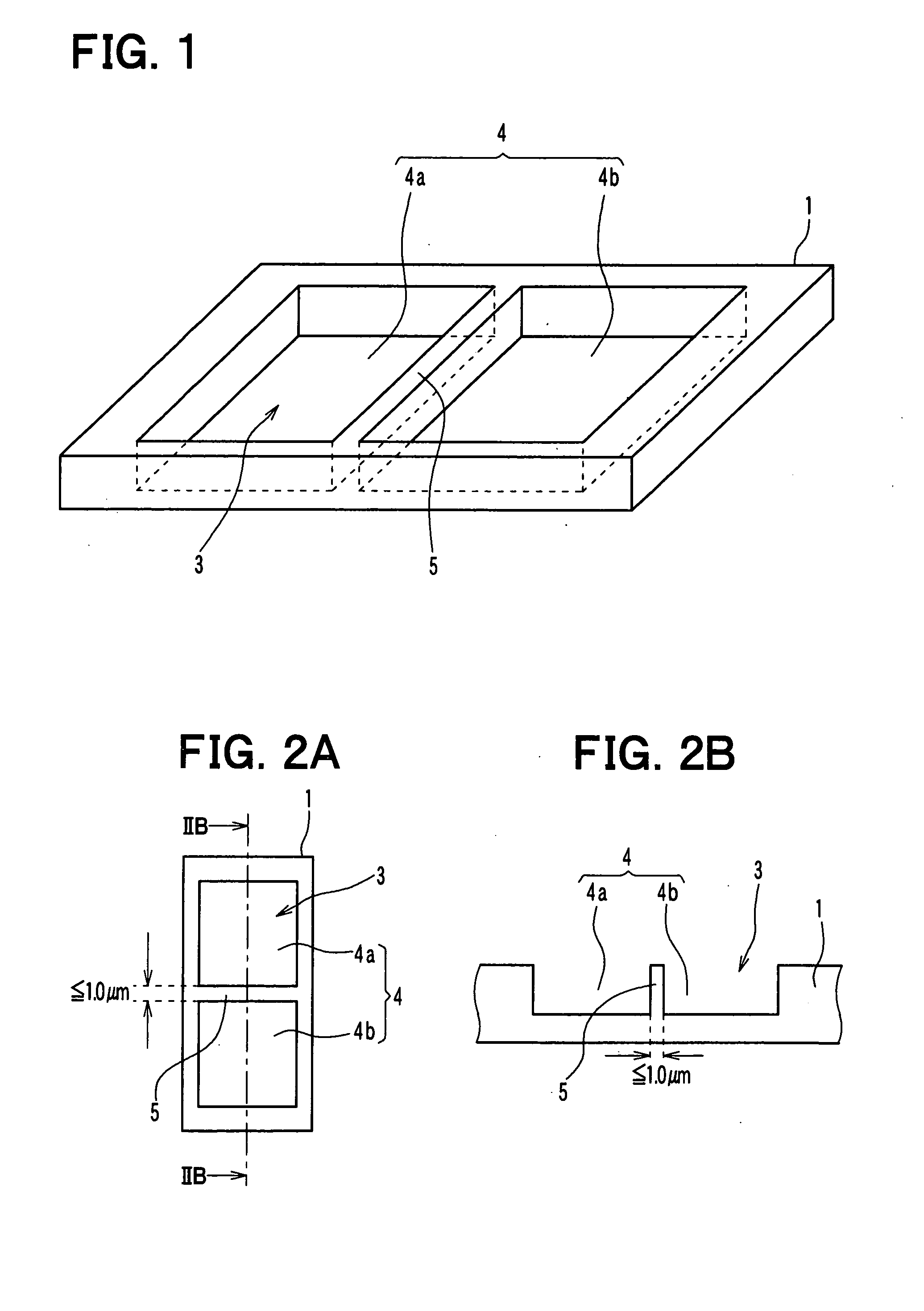Method of manufacturing silicon carbide seminconductor device
- Summary
- Abstract
- Description
- Claims
- Application Information
AI Technical Summary
Benefits of technology
Problems solved by technology
Method used
Image
Examples
first embodiment
[0033]A manufacturing method of an SiC semiconductor device according to a first embodiment of the present invention will now be described. The manufacturing method according to the present embodiment can be used, for example, for forming an SiC semiconductor device including an accumulation MOSFET having a trench gate structure. A structure of the accumulation MOSFET is similar to a conventional accumulation MOSFET described, for example, in U.S. Pat. No. 5,744,826. A method of forming an N type epitaxial layer in the accumulation channel and a method of measuring a thickness of the N type epitaxial layer will be described with reference to FIG. 1 to FIG. 5C.
[0034]Before forming an N type epitaxial layer 2 on a semiconductor substrate 1 made of SiC as shown in FIG. 3, a thickness measurement section 3 shown in FIG. 1, FIG. 2A and FIG. 2B is formed.
[0035]The thickness measurement section 3 is formed at a region of the semiconductor substrate 1 other than a chip forming region where ...
second embodiment
[0052]A manufacturing method of an SiC semiconductor device according to a second embodiment of the present invention will now be described. In the method according to the present embodiment, a thickness measurement section 3 is formed in the semiconductor substrate 1 as shown FIG. 6A to FIG. 6C.
[0053]The thickness measurement section 3 according to the present embodiment includes a plurality of protruding portions 5 (in the example shown in FIG. 6A to FIG. 6C, two protruding portions 5) between the first groove 4a and the second groove 4b. The protruding portions 5 are parallel to each other. A width Wt of each of the protruding portions 5 is set to be, for example, less than 1.0 μm, in a manner similar to the first embodiment. A distance between the protruding portions 5 is set to be more than two times a predetermined thickness of the N type epitaxial layer 2 that is formed in a later process so that a portion between the protruding portions 5 is not fully filled with the N type ...
third embodiment
[0056]A manufacturing method of an SiC semiconductor device according to a third embodiment of the present invention will now be described.
[0057]In the method according to the present embodiment, a first thickness measurement section 3a and a second thickness measurement section 3b are formed in the semiconductor substrate 1 as shown in FIG. 7. In FIG. 7, the first thickness measurement section 3a, the second thickness measurement section 3b, and a trench 10 for forming a trench gate of an accumulation MOSFET are magnified.
[0058]In a case where the trench 10 for forming the trench gate of the accumulation MOSFET extends in one direction on a surface of a semiconductor substrate 1, the first thickness measurement section 3a is formed in such a manner that a protruding portion 5 of the first thickness measurement section 3a extends in a direction parallel to the one direction, and the second thickness measurement section 3b is formed in such a manner that a protruding portion 5 of the...
PUM
 Login to View More
Login to View More Abstract
Description
Claims
Application Information
 Login to View More
Login to View More - R&D Engineer
- R&D Manager
- IP Professional
- Industry Leading Data Capabilities
- Powerful AI technology
- Patent DNA Extraction
Browse by: Latest US Patents, China's latest patents, Technical Efficacy Thesaurus, Application Domain, Technology Topic, Popular Technical Reports.
© 2024 PatSnap. All rights reserved.Legal|Privacy policy|Modern Slavery Act Transparency Statement|Sitemap|About US| Contact US: help@patsnap.com










